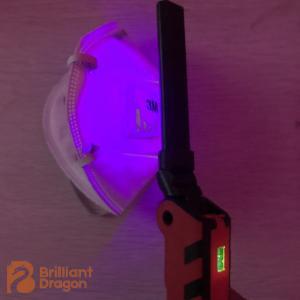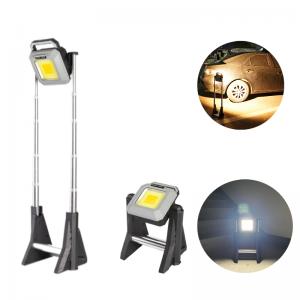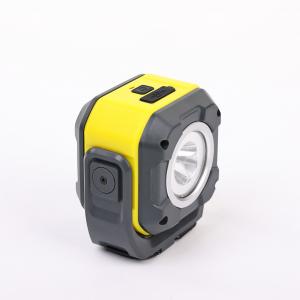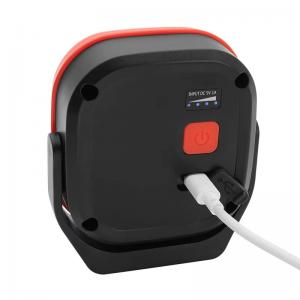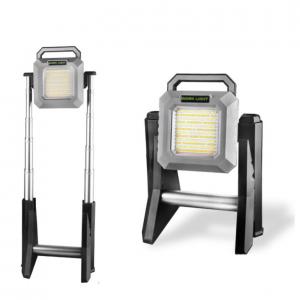How to Use a Work Light: A Complete Guide for Different Scenarios
How to Use a Work Light: A Complete Guide for Different Scenarios
Work lights are essential tools in a wide range of environments—from automotive repair and construction sites to outdoor camping and emergency use. Choosing and using the right LED work light not only improves efficiency but also enhances safety. This guide walks you through common types of work lights, how to use them properly, and which ones are best for different scenarios.
1. Common Types of Work Lights
1. Handheld LED Work Lights
Compact and easy to carry, ideal for up-close tasks like inspecting machinery or home repairs.
2. Magnetic Work Lights
Equipped with strong magnets to attach to metal surfaces—perfect for vehicle maintenance or under-the-hood work.
3. Foldable or Adjustable Work Lights
Feature flexible heads or foldable designs to direct light where you need it, especially in tight spaces.
4. Tripod Work Lights
High-power lights mounted on adjustable tripods; suitable for construction sites or large-scale projects.
5. Headlamps
Worn on the head to keep both hands free; great for night activities, hiking, or inspections.
2. Recommended Work Lights by Scenario
| Scenario | Recommended Light Type | Key Features |
|---|---|---|
| Car repairs | Magnetic or handheld light | Hands-free, focused beam |
| Garage or workshop | Tripod or COB panel light | Wide-area illumination, stable support |
| Construction sites | High-lumen tripod work light | Rugged, weather-resistant, wide coverage |
| Camping or outdoors | Rechargeable portable light | Compact, long battery life, USB charging |
| Emergency situations | High-brightness handheld light | Quick setup, durable, high visibility |
3. How to Use a Work Light Properly
-
Check the battery level before use, especially for rechargeable models.
-
Position the light securely, using magnets, stands, or hooks based on your workspace.
-
Adjust the beam direction to avoid glare and maximize illumination.
-
Keep the light clean, especially the lens or LED panel, to ensure optimal brightness.
-
Avoid overheating by ensuring the light has proper ventilation during extended use.
4. Key Features to Consider When Choosing a Work Light
-
Brightness (Lumens):
-
Home use: 300–800 lumens
-
Professional or outdoor use: 1000+ lumens
-
-
Light Source Type:
-
COB (Chip on Board): Wide, even light coverage
-
SMD (Surface-Mounted Diode): Focused and directional
-
-
Battery Capacity:
-
Look for 2000mAh–4000mAh depending on runtime needs
-
USB-C charging preferred for speed and compatibility
-
-
Durability & Material:
-
Materials like ABS or PC+TPR offer impact resistance
-
IP44 or higher for water and dust resistance
-
-
Mounting Options:
-
Magnetic base, hanging hooks, and tripod compatibility provide versatility
-
Conclusion: Light Up Your Work Smarter and Safer
The right work light is more than just a tool—it's a productivity booster and a safety enhancer. Whether you're fixing a car, working on a construction site, or camping in the wild, knowing how to use and choose the proper LED work light can make all the difference. Use this guide as your go-to reference when selecting your next lighting solution.
